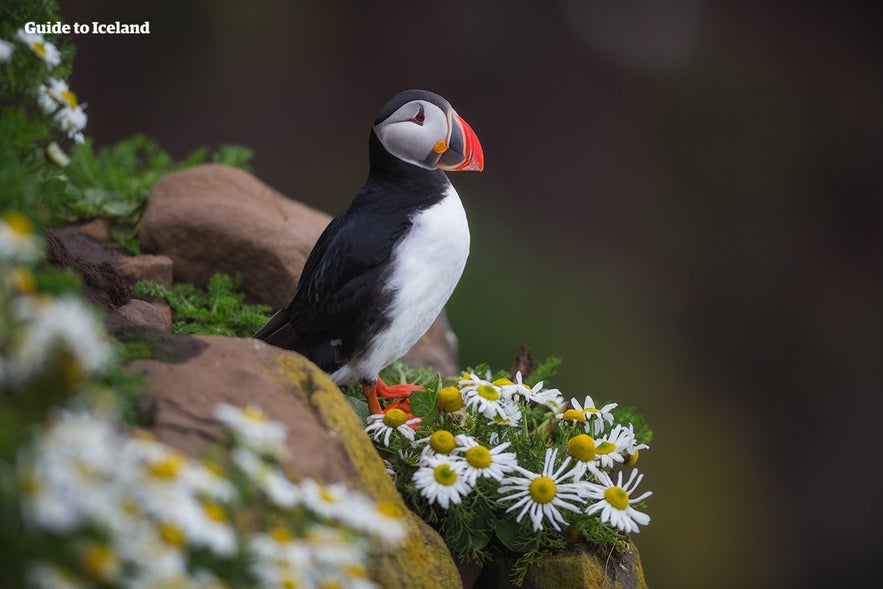Breiðafjörður is a nature reserve and bay between the Snæfellsnes Peninsula and the Westfjords in West Iceland.
Explore this area on a tour of the Snaefellsnes Peninsula.
Warum du unseren Inhalten vertrauen kannst
Guide to Iceland ist die vertrauenswürdigste Reiseplattform Islands und hilft jedes Jahr Millionen von Besuchern. Alle Inhalte werden von lokalen Experten erstellt und geprüft, die Island in- und auswendig kennen. So kannst du dich auf zuverlässige, aktuelle und präzise Reisetipps verlassen.
Geography of Breiðafjörður
Breiðafjörður is 125 kilometres (78 miles) long and 50 kilometres (31 miles) wide at its widest. Its surroundings are mountainous, and the Snæfellsjökull glacier can be seen on the tip of the Snæfellsnes Peninsula, at the southern side of the entry to the bay.
In clear weather, it is possible to see the Westfjords from Snæfellsnes, and visa versa.
The mountains at the northern side of the bay’s entrance are some of the oldest in the country, formed 15 million years ago. As you travel towards the land, they become considerably younger, with those at the furthest inside the fjord being half the age.
This is due to the movements of the tectonic plates in Iceland, which are pulling apart at a rate of around two centimetres (an inch) a year.
History of Breiðafjörður
Around 3000 islands and rock outlets are littered throughout Breiðafjörður. Very few of these are inhabited year-round, although many used to be. Flatey, for example, was once home to a monastery. An important medieval manuscript, Flateyjarbók, was written here, detailing sagas of old Norse kings and collections of poems, in the late 14th Century.
Most importantly, Flateyjarbók recounts the first settlements made by Europeans on Greenland, under Eirík the Red. This was considered to be largely legend until recent archaeological digs revealed the story to be true.
It also contains information about the early settlements on the Faroe and Orkney Islands.
Today, Flatey’s year-round population is just five people. Like many of the other islands, however, it has many more residents in summer.
Wildlife in Breiðafjörður

Breiðafjörður is pregnant with life, due to the fact it is a breeding ground for much of the country’s fisheries.
Fifty species of bird nest on the islands, including the common shag, the black guillemot, the brent goose and the white-tailed eagle. Puffins also nest on Flatey. Many of these species are migratory, however, and only can be seen from May to September.
Year-round, however, it is often possible to see a variety of marine mammals in the bay. Most common are the grey and harbour seals, which can be seen swimming and hauling out on the rocks. The lucky, however, may also see common porpoises and white-beaked dolphins, and even the occasional minke whale.
It should be noted that Breiðafjörður is one of the best parts of the country to see orcas from the shore, although they are still uncommon.
Economy of Breiðafjörður
The main economy of Breiðafjörður is, as could be presumed, fishing. The villages and towns on the northern side of Snæfellsnes and the southern side of the Westfjords are reliant on the fertile waters for their prosperity. Farmers on the island also collect bird-down from nests for extra income.
A ferry crosses the fjord, called the Baldur ferry, throughout the year. It connects Stykkisholmur to the south with Brjánslækur in the north, with stops at Flatey in summer.









